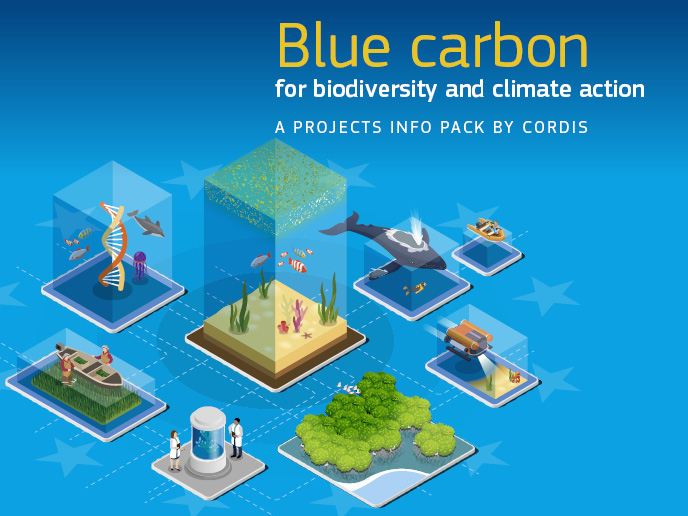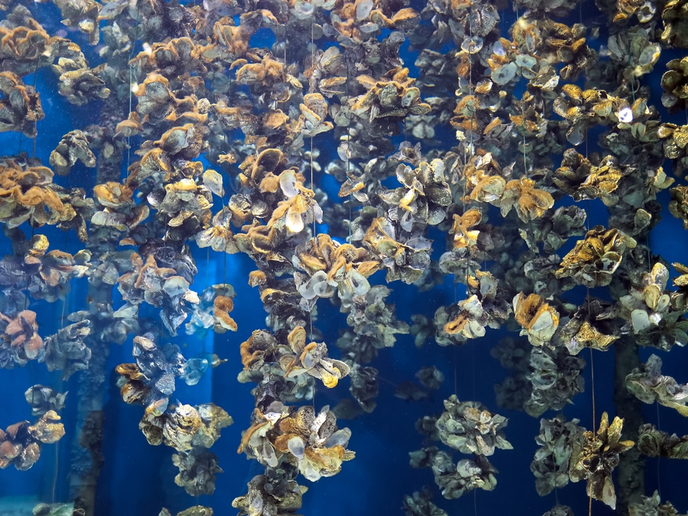Sea urchin sushi: an EU aquaculture challenge
Due to the explosive increase in sushi popularity in addition to the regional and well historically established sea urchin harvesting in some Mediterranean regions, wild sea urchin populations have become overfished. For farmed sea urchins to meet this demand, knowledge and technology relating to sea urchin aquaculture need to be developed further. The EU-funded RESURCH(opens in new window) (Research & technological development to improve economic profitability and environmental sustainability of sea urchin farming) initiative is addressing this need through research and development. The project is looking to improve growth rates, design standard aquaculture methods and systems, and ensure that these innovations are commercially applicable. RESURCH has aimed to conduct experiments both on land and at sea and in a number of different locations around Europe and in Israel. They are focusing on two sea urchin species: Paracentrotus lividus and Strongylocentrotus droebachiensis. Thus far, researchers have found that diet can have a major impact on growth rate for both species. Another important finding is that dietary supplements and the period of light exposure are two important factors that influence the onset of gametogenesis (egg laying), with potentials for controlling and increasing gonad quality. Lastly, researchers are testing different sea- and land-based aquaculture systems and protocols at various sites across Europe. They first identified the important factors for each system, and are now trialling them to identify the most promising ones for further development. Once complete, these findings will improve the productivity of sea urchin aquaculture. Perhaps more importantly, this will reduce harvesting pressure on wild sea urchin populations.







